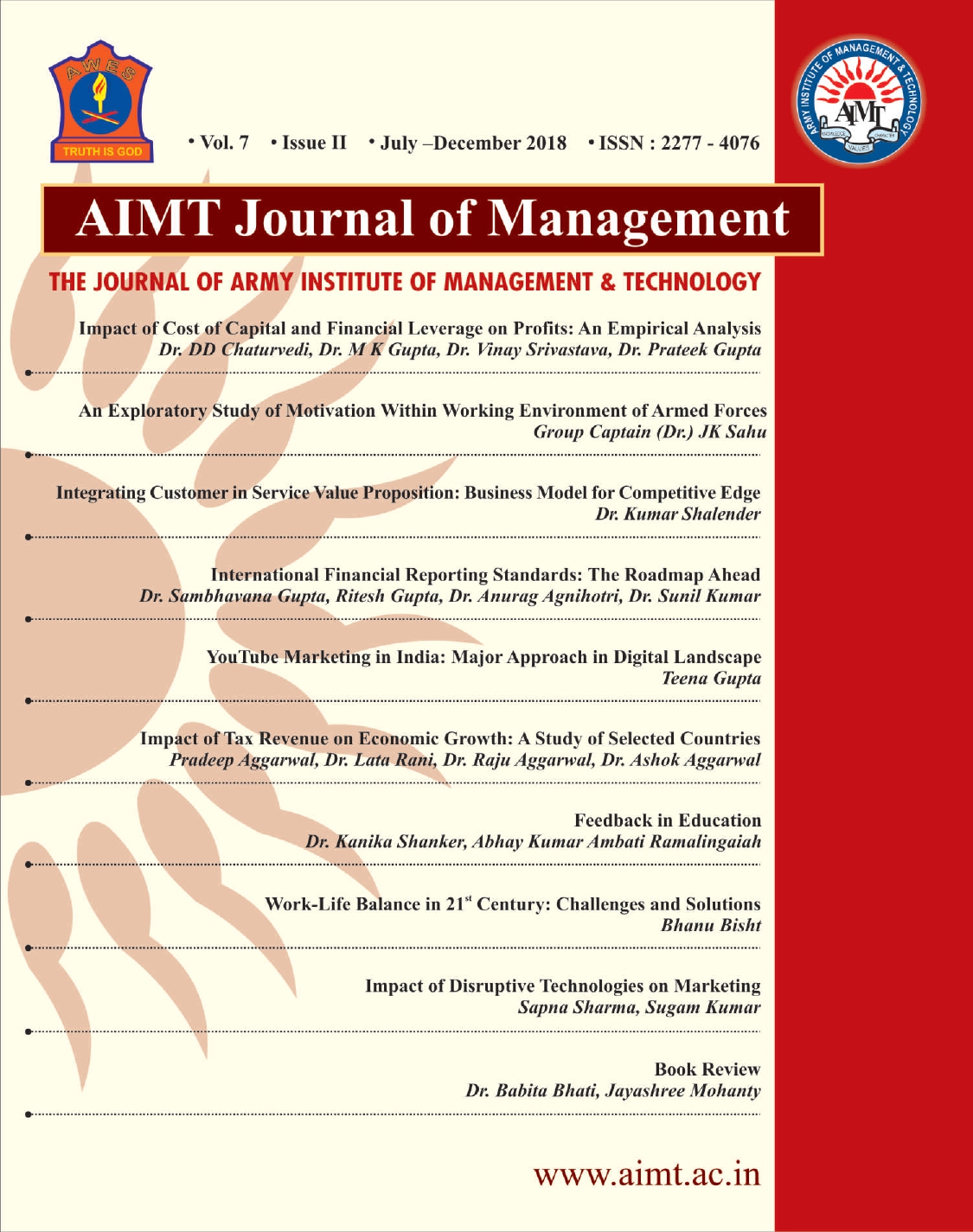Impact of Cost of Capital and Financial Leverage on Profits: An Empirical Analysis
Abstract
In order to carry out its normal business activities, every industrial organization must have adequate amount of capital at its disposal. As the capital is regarded as the lifeblood of an organization and are available in a limited quantity, an industrial organization must acquire and spend the same in a planned and systematic manner. In general, the potential sources of capital are owner’s equity, retained earnings, undistributed profit and borrowed money. For most large business operations, borrowed money from banks and other specialized financial Institutions are used. The very policy of supplementing owner’s equity with borrowed money can only be supported when the Return on Investment (ROI) is sufficiently large and a bigger margin of income is available after meeting all fixed charges including Cost of Capital. It has been observed that a large number of industrial organizations have a propensity of making a lavish use of borrowed money without considering its earning potential. Such a policy can spell disaster for the enterprise leading to failure and bankruptcy in th
long run. This paper examines the implications of cost of capital and financial leverage on profits and financial position of the selected firms



